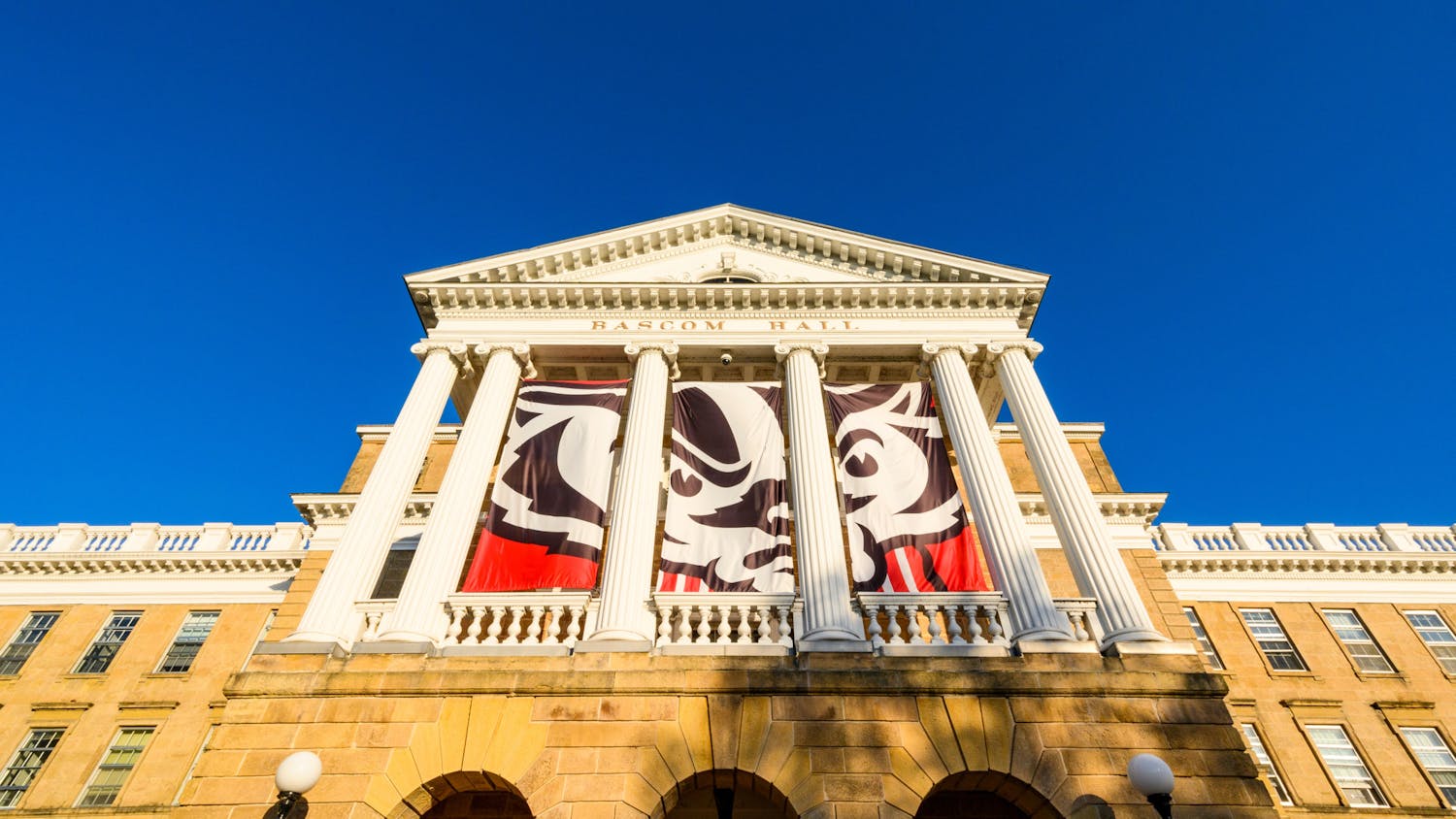The goal of education policy must be to improve the quality of education given to American children and therefore to produce better students ready to compete in a world economy. Yet the current public education system is failing. The latest testing shows that American 15-year-olds rank 25th and 17th (out of 34 nations) in math and science respectively.
Throwing money at the problem is not the solution. Between 1984 and 2004, real-per-pupil education expenditures have increased by 49%. However, scores and performance have dropped dramatically over that same time period. Only one other country (Luxembourg) now spends more per capita on education than does the U.S. Given the empirical data, the answer to improving America's educational system is not funding, but rather to eliminate programs and practices that don't work, while implementing practices that lead to higher educational quality. Such a plan may seem obvious, but the biggest impediment to real and dramatic change has been and continues to be the opposition of the teachers union. Since the teachers union won't allow the needed changes the time has come to end public teachers unions.
There is a significant difference between the need for a teachers union and other unions. Generally, unions look out for the good of their members, not the end product. Unions are a counter force to employers. In industries such as coal and steel, the employer's goal is to produce the coal or steel as cheaply as possible. Unions in these industries fight for worker's rights such as decent wages and working conditions, as without unions, employers may exploit employees to enhance their company's short term profit line. The employer does not care about how the coal is treated as it is just a commodity, a lifeless substance. Unions fight to prevent their members from being treated as mere implements in producing a commodity. The same is not true in the educational system. Children are not the equivalent of coal; they are not an indistinguishable commodity that is just being extracted from the earth. Thus, the goal of the educational system is not to produce as many similar students as cheaply as possible, but rather to provide each child with the best education possible given budgetary constraints.
Unfortunately, teachers unions are more concerned with protecting the individual teacher's economic interests rather than ensuring our children receive the best education. Effective teachers are not benefited by their union and would most likely see their wages and benefits increase without the union. For example, teachers unions routinely fight against merit-based-pay and layoff procedures. Instead, the unions collective bargaining agreements require teachers to be paid in lockstep based on seniority. Effective and ineffective teachers are compensated the same. Layoffs are handled in the same manner: Teachers are let go in reverse order of years worked, regardless of how effective the teacher is. That means a third-year teacher who has produced great results would be fired before a fifth-year teacher who is known to harm students' educational progress.
Unions argue that it is difficult to evaluate teachers, and therefore merit-based pay and retention is not appropriate. They are wrong. In fact with annual or semiannual student aptitude testing results are easier to quantify in the education field than in many professions where results may take years to evaluate. An integral part of education is review and evaluation (i.e. testing), so it is ironic that teachers fear reviews.
Teachers unions developed when the American public school system was dominant and the prospect of declining working conditions existed. Such is no longer the case. Today, governments recognize the current system is failing and are attempting to improve the educational system. The "employers" (lawmakers and taxpayers) sole goal is to improve the education students receive. Policies which benefit children will be implemented without union pressure. For example, lawmakers won't reduce wages and increase hours (i.e. diminish working conditions) if such policies reduce educational quality. Thus, the need for a union is not present. The only policies teachers unions need to bargain for are ones that solely benefit teachers and not students.
Schools such as the Harlem Children's Zone and Knowledge is Power Program (KIPP) Schools, which do not work with teacher unions have achieved great success. These schools implemented many policies not seen at other public schools including rigorous teacher assessments and longer school days. The Harlem Schools have eliminated the black-white achievement gap and 100% of KIPPs schools outperform their district counter parts in both math and language arts by the 8th grade. It has been said that the practices implemented by these schools cannot be taken to scale. Yet, there are now 75 KIPP schools in operation; the real impediment to implementing the practices that lead to educational success is the teachers union.
If the goal is to give our children the best education possible, and if policy makers recognize that goal, why do we care about the teachers union?
Jeff Steinfeld is a student at Berkeley Law School. He graduated from UW-Madison in 2008 with a degree in finance, investment and banking. Please send all feedback to opinion@dailycardinal.com.





